Google Pixel 6a vs. Samsung Galaxy A53: Which is the best value?
Need a new phone? Here's how to choose between two of the best mid-range phones today.
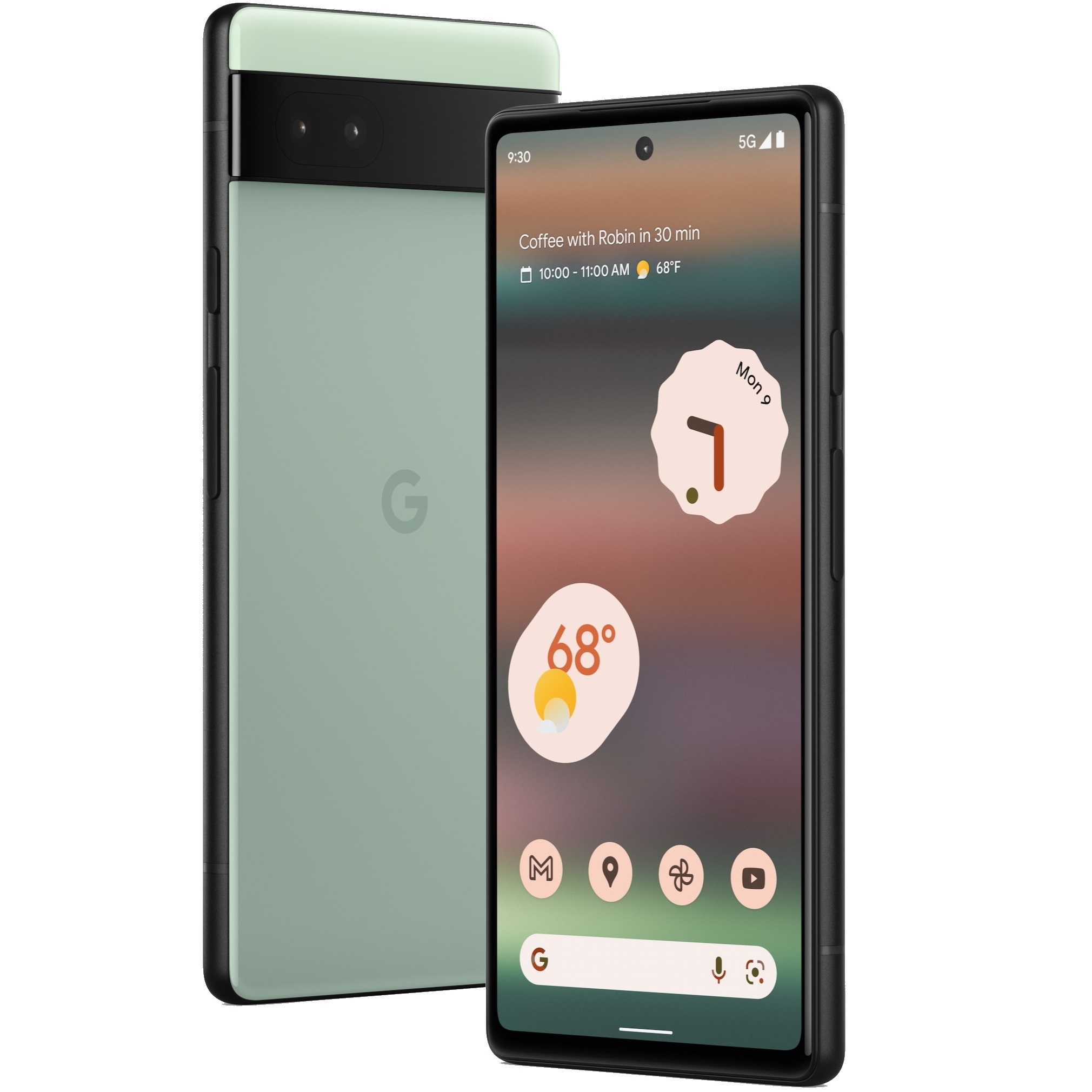
Truly incredible
The Pixel 6a has it all: fantastic cameras, powerful hardware that's ideal for gaming, IP67 rating, and clean software without any bloatware. The phone is smaller and lighter than the A53, and the two-tone design at the back is striking. It misses out on a 120Hz panel, but other than that, there aren't any drawbacks here, and the Pixel 6a is the best mid-range phone money can buy at the moment.
For
- Outstanding cameras
- Interesting design
- Fastest phone in its class
- Clean software with zero bloatware
- IP67 dust and water resistance
Against
- Screen limited to 60Hz
- Won't get as many updates as the A53
- No wireless charging
- No bundled charger
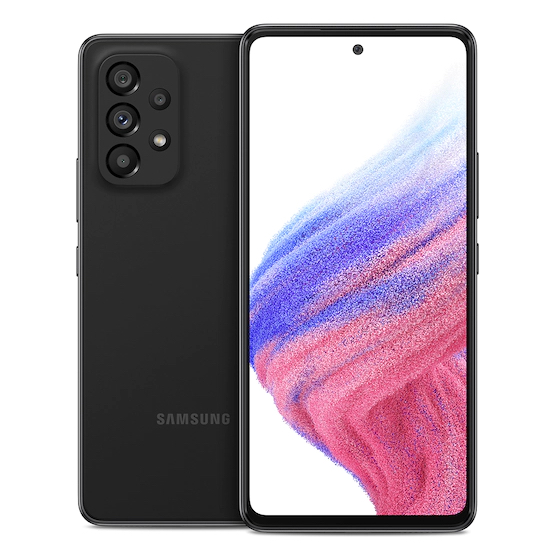
Familiar choice
Samsung got a lot right with the Galaxy A53; it has a familiar design, sublime 120Hz AMOLED screen, good cameras at the back, IP67 resistance, and a large battery that lasts well over a day. It will also get more software updates than the Pixel 6a, but the software itself isn't as clean, and you'll find bloatware. It isn't quite as fast or doesn't take photos of the same caliber, but if you're already using a Samsung phone and need something familiar, it is the obvious choice.
For
- Gorgeous 120Hz AMOLED screen
- Four Android OS updates
- Usable cameras
- Large 5000mAh battery
- IP67 dust and water resistance
Against
- Not as powerful as Pixel 6a
- No Wi-Fi 6 connectivity
- No wireless charging
- No bundled charger
Samsung continues to deliver with its mid-range Galaxy A series, and the Galaxy A53 is one of the best options you'll find for under $500. That said, Google is offering a robust challenger in the Pixel 6a, delivering a striking two-tone design, backed by incredible internal hardware and the best cameras on any mid-range phone today.
So should you pick up the A53 or go with Google's latest mid-ranger? Let's find out.
Google Pixel 6a vs. Samsung Galaxy A53: Design and screen
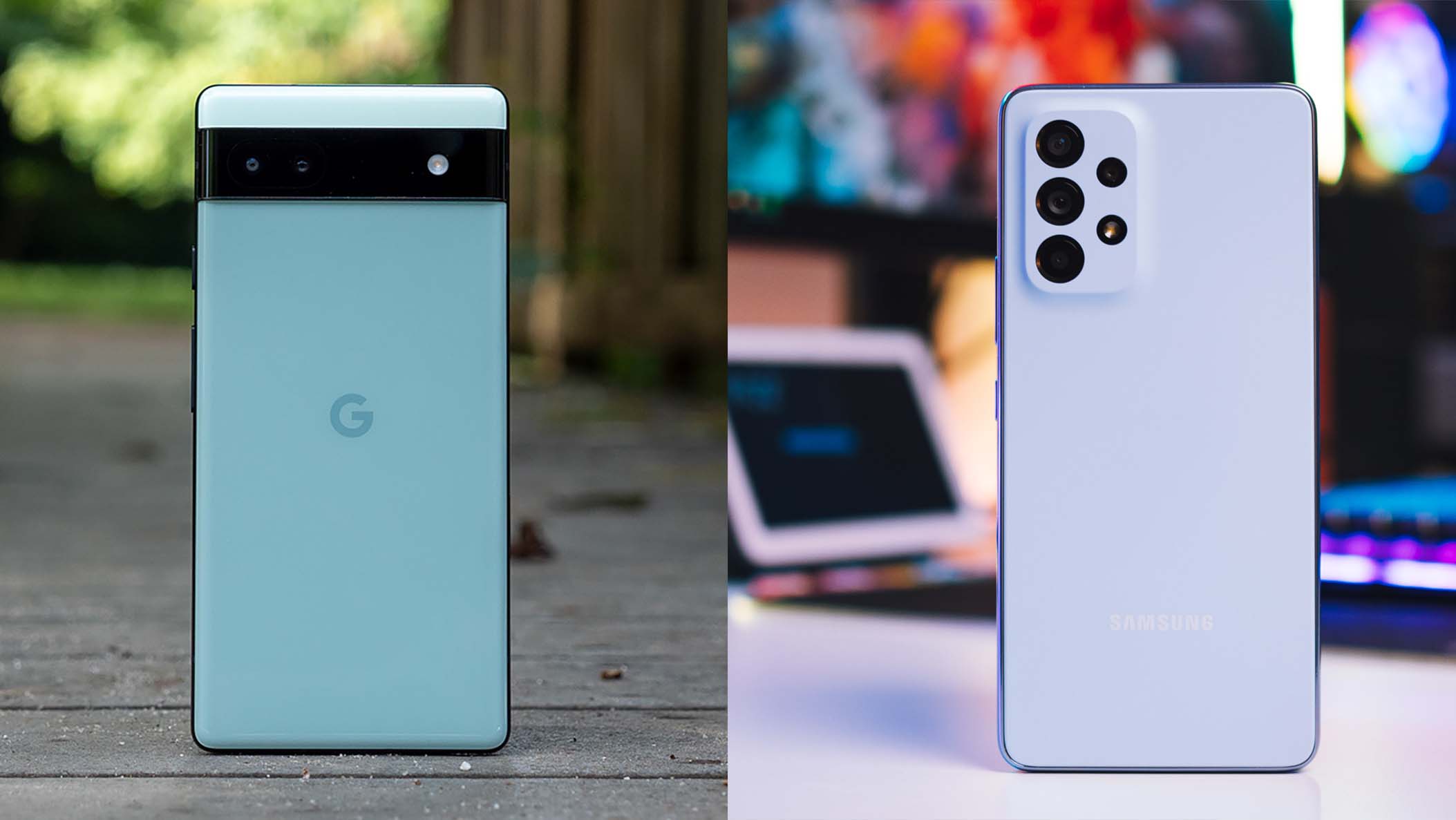
Google's earlier efforts with its Pixel A devices aren't what I'd call bold, but thankfully, the Pixel 6a changes that. The phone carries a resemblance to the rest of the Pixel 6 series, including a large camera bar at the back that houses the dual cameras, and a two-tone finish that gives the phone a little more character.
The Pixel 6a combines a bold two-tone design with a robust chassis and IP67 water resistance.
The Sage variant of the Pixel 6a in particular is striking, and it is one of the best-looking mid-range phones in the market today. While the design aesthetic is in line with Google's flagships, the Pixel 6a doesn't have a glass back, with Google instead going with a polycarbonate finish. This is just fine in my book, as it makes the Pixel 6a just that smidgen lighter and more durable. What actually matters here is the mid-frame, and that is made out of aluminum.
For its part, Samsung didn't make too many changes with the Galaxy A53; the phone has a similar design to its predecessor, including a matte finish with pastel hues. Like Google, Samsung went with a polycarbonate back for the A53, and a key design change is that the phone has flat sides with a glossy finish — making it a little uncomfortable to hold and use.
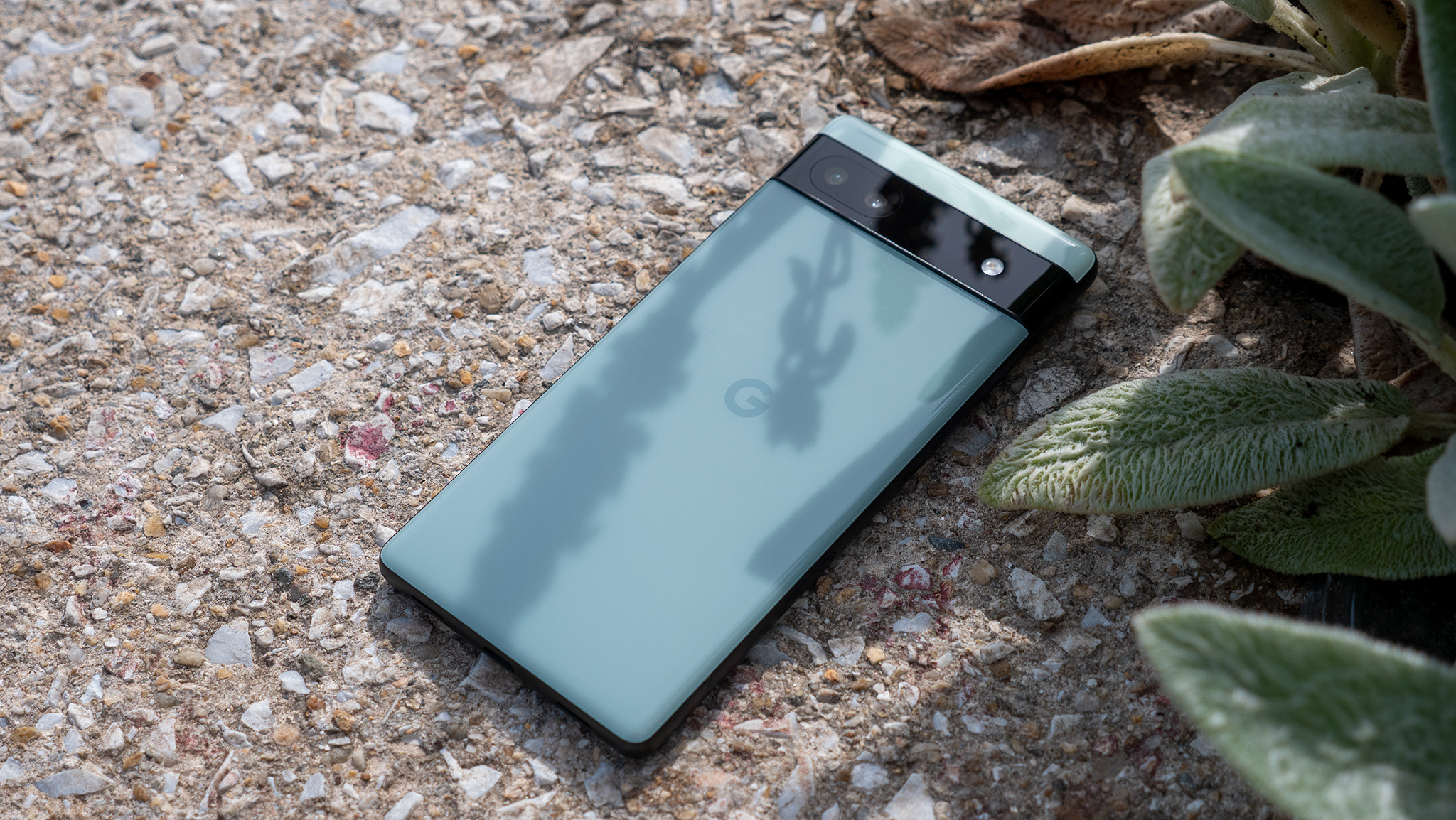
The Pixel 6a also has flat sides, but there's a subtle curve where the back meets the mid-frame, and it makes a big difference when it comes to in-hand use. Furthermore, the mid-frame has a matte texture on the Pixel 6a, with the back getting the glossy finish. But what makes the Pixel 6a by far the better choice for usability is its size; it is 7.4mm shorter and 3mm narrower than the A53, and 11 grams lighter. The reduction in dimensions is down to a smaller screen, and the 6.1-inch panel is ideal for one-handed use.
Both phones have IP67 dust and water resistance as standard, and that's great to see. Of the two devices, I like the Pixel 6a better; the design stands out a bit more and it is better to hold and use, and lighter than the A53.
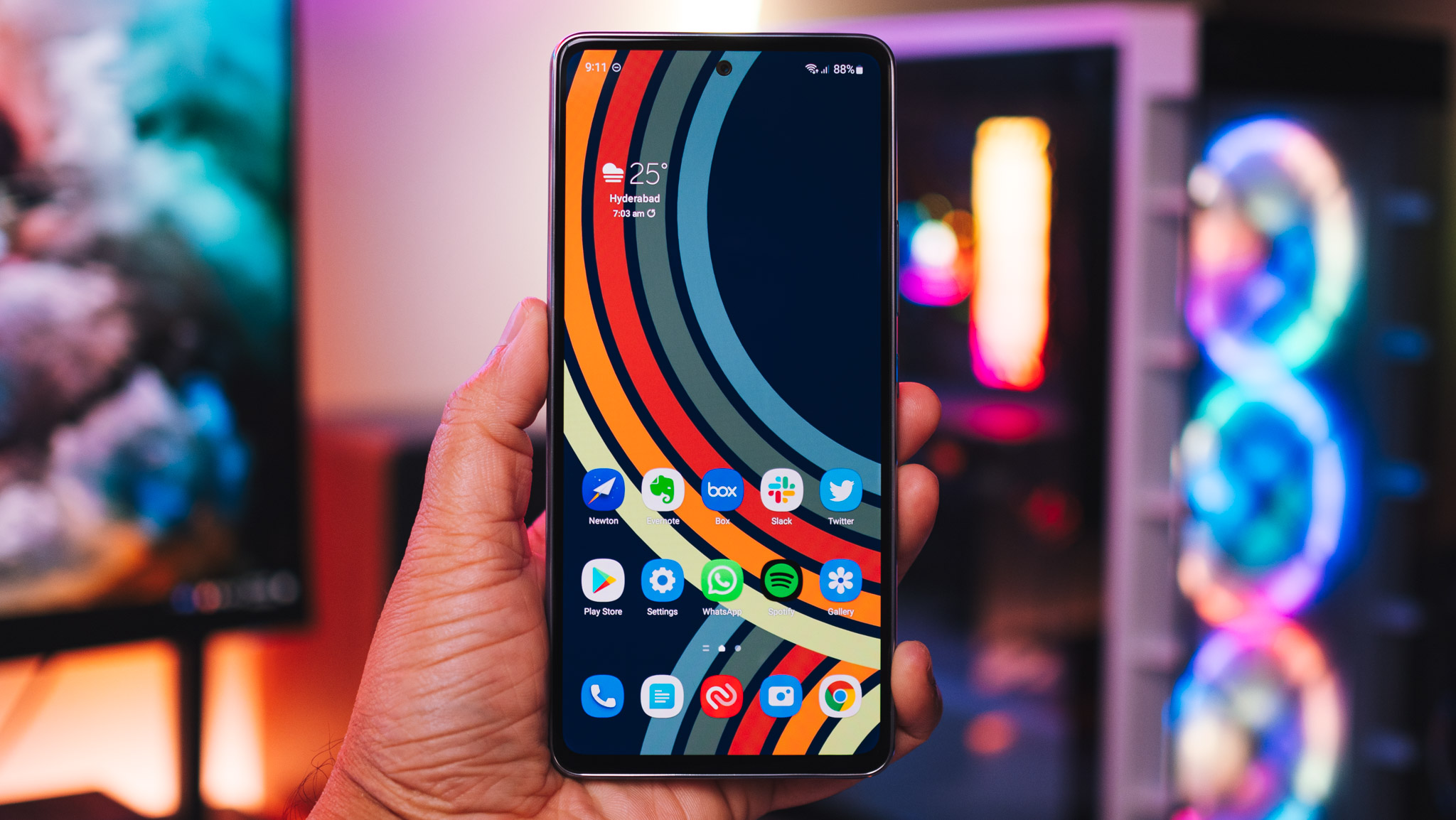
Coming to the screen side of things, the Pixel 6a has a 6.1-inch OLED panel backed by Gorilla Glass 3, and controversially, Google limited the screen to 60Hz. The Galaxy A53 doesn't have any such shortcomings; the phone has a larger 6.5-inch AMOLED panel with 120Hz refresh, and you get a layer of Gorilla Glass 5.
The Pixel 6a is limited to 60Hz, while the Galaxy A53 has a 120Hz screen — but Google did a better job optimizing its phone.
The lack of a high refresh rate screen is a real limitation on the Pixel 6a, but having said that, it didn't bother me as much as I thought it would. The phone is very well optimized for the hardware on offer, and you don't notice the fact that the screen is locked to 60Hz in daily use. Of course, if you're using an older phone and are looking to make the upgrade, you won't notice anything awry.
This is even more evident when using the Pixel 6a alongside the Galaxy A53; Samsung didn't do as good a job as other brands when it comes to taking full advantage of the 120Hz refresh, and there were a few instances of lag and stutter on the A53. You don't notice any of that on the Pixel 6a.
As for the panel quality itself, the Galaxy A53 gets bright and delivers excellent colors, and the Pixel 6a isn't far behind. Both phones get stereo sound as well, and that makes a difference when streaming videos.
Google Pixel 6a vs. Samsung Galaxy A53: Hardware and cameras
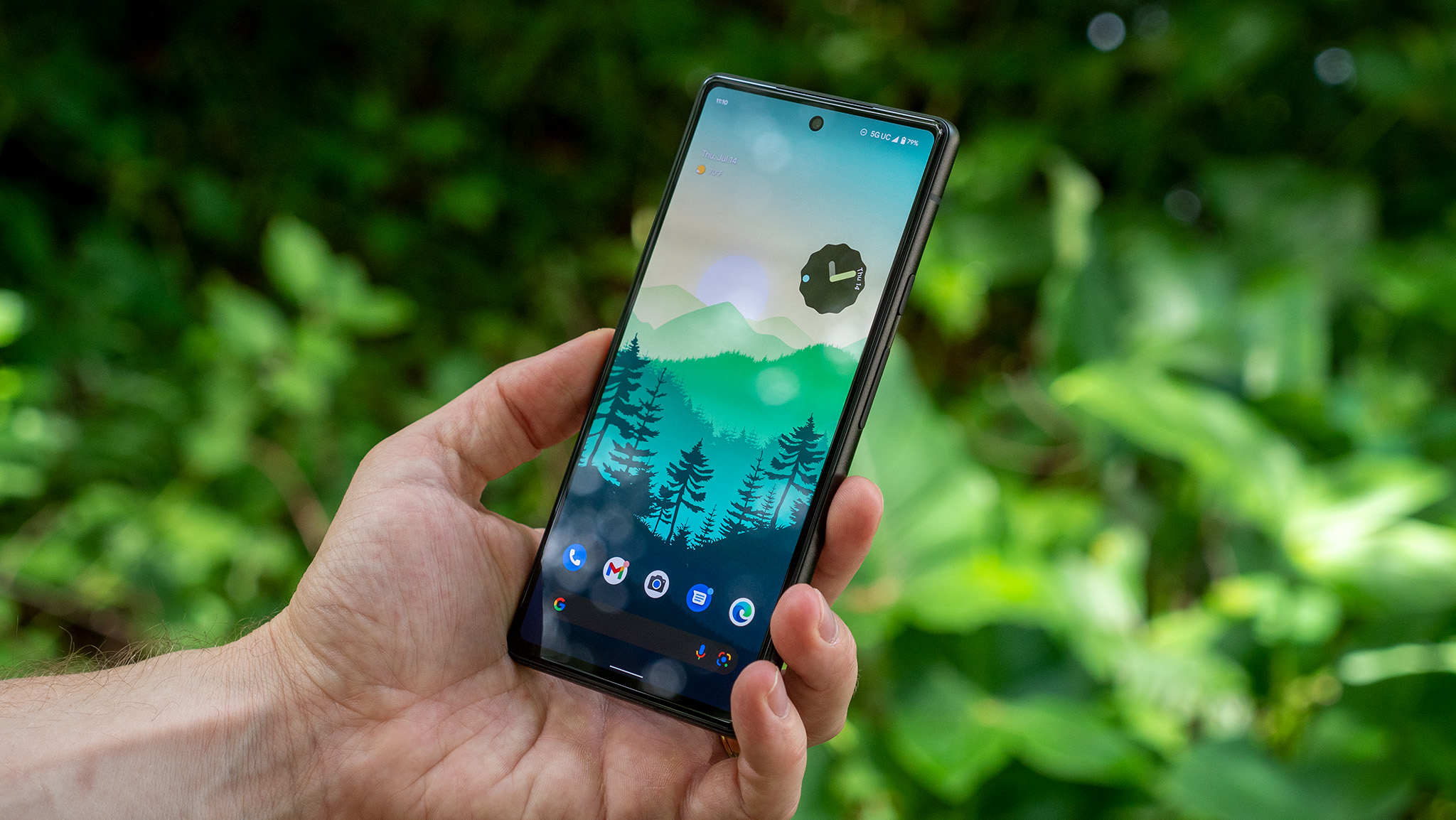
Google hasn't paid particular attention to internal hardware for its Pixel A series in the past; often using off-the-shelf Qualcomm hardware and limited memory. That's changed with the Pixel 6a, with the phone using Google's custom Tensor platform — the same as the Pixel 6 and 6 Pro. The best part is that it has the same core configuration at the same frequencies as its flagship siblings, and that makes it stand out from every other mid-range phone.
The Pixel 6a is the fastest mid-range phone you can buy today.
Basically, the Pixel 6a is the fastest mid-range phone you can get right now, and the combination of hardware along with clean and uncluttered software makes the Pixel 6a a delight to use. It blazes through demanding games without breaking a sweat, and I didn't see any issues with multitasking as well — it's available in a single 6GB/128GB variant, and that's more than adequate for most users.
Samsung has also made a few changes on the hardware front; the Galaxy A53 uses Samsung LSI's Exynos 1280 as standard in all global markets, with the brand eschewing Qualcomm. The main issue here is that the Exynos 1280 doesn't deliver anywhere close to the same level of power as the Google Tensor, and as such, the A53 isn't well-suited for gaming or demanding tasks. It holds up just fine in daily use, but stress the hardware even a little and it tends to throttle. Google has the outright advantage here.
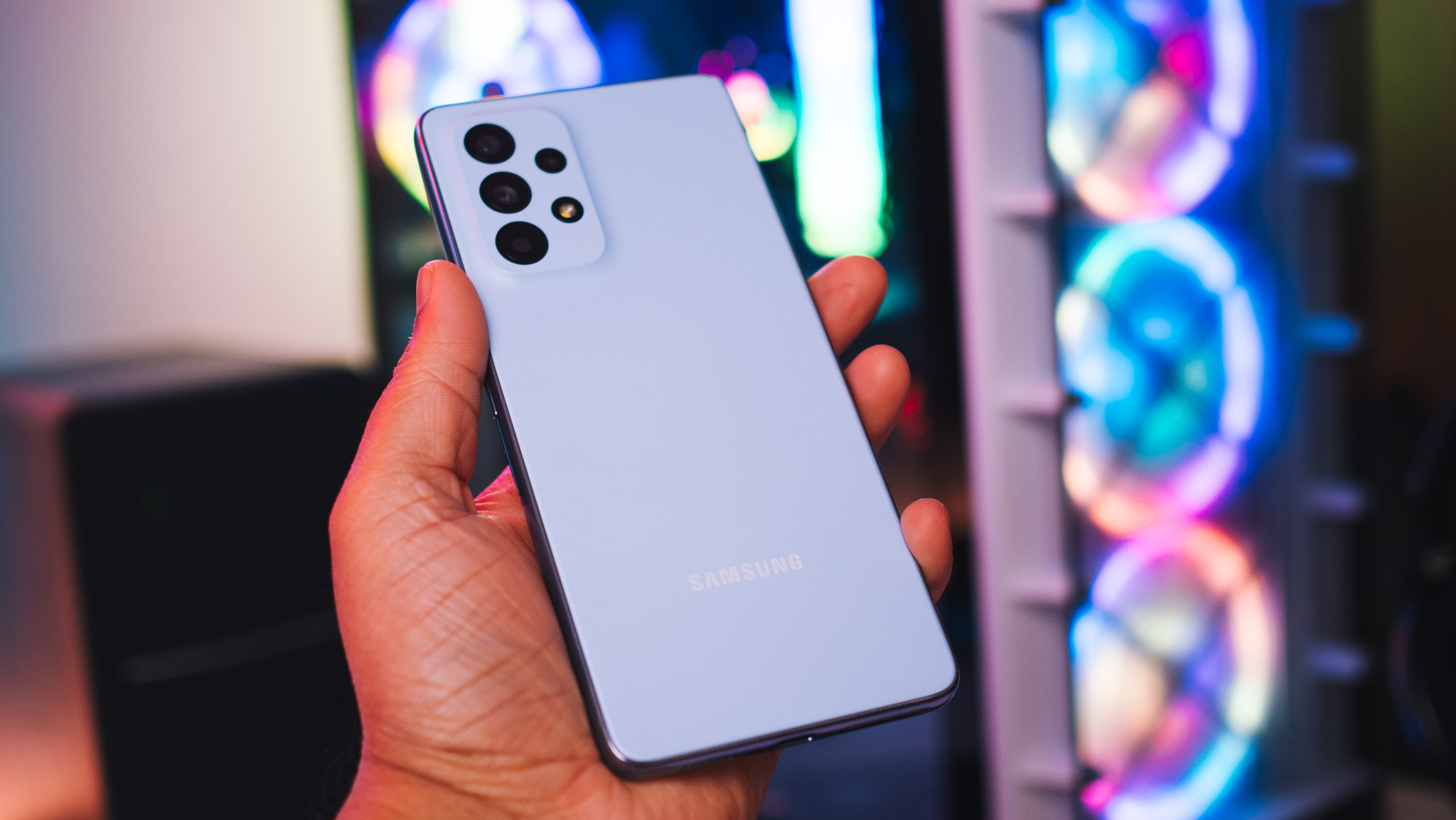
That said, the one area where the Galaxy A53 scores better is battery life. The phone has a larger 5000mAh battery, and it manages to last well over a day with ease — I routinely got two days of use with a full charge. The Pixel 6a has a 4400mAh battery that also lasts all day, but it doesn't measure up to the A53.
Neither phone has wireless charging, but you get 25W wired charging on the A53, with the Pixel 6a limited to a paltry 18W. You don't find a bundled charger in the box with either phone, so you will have to buy your own.
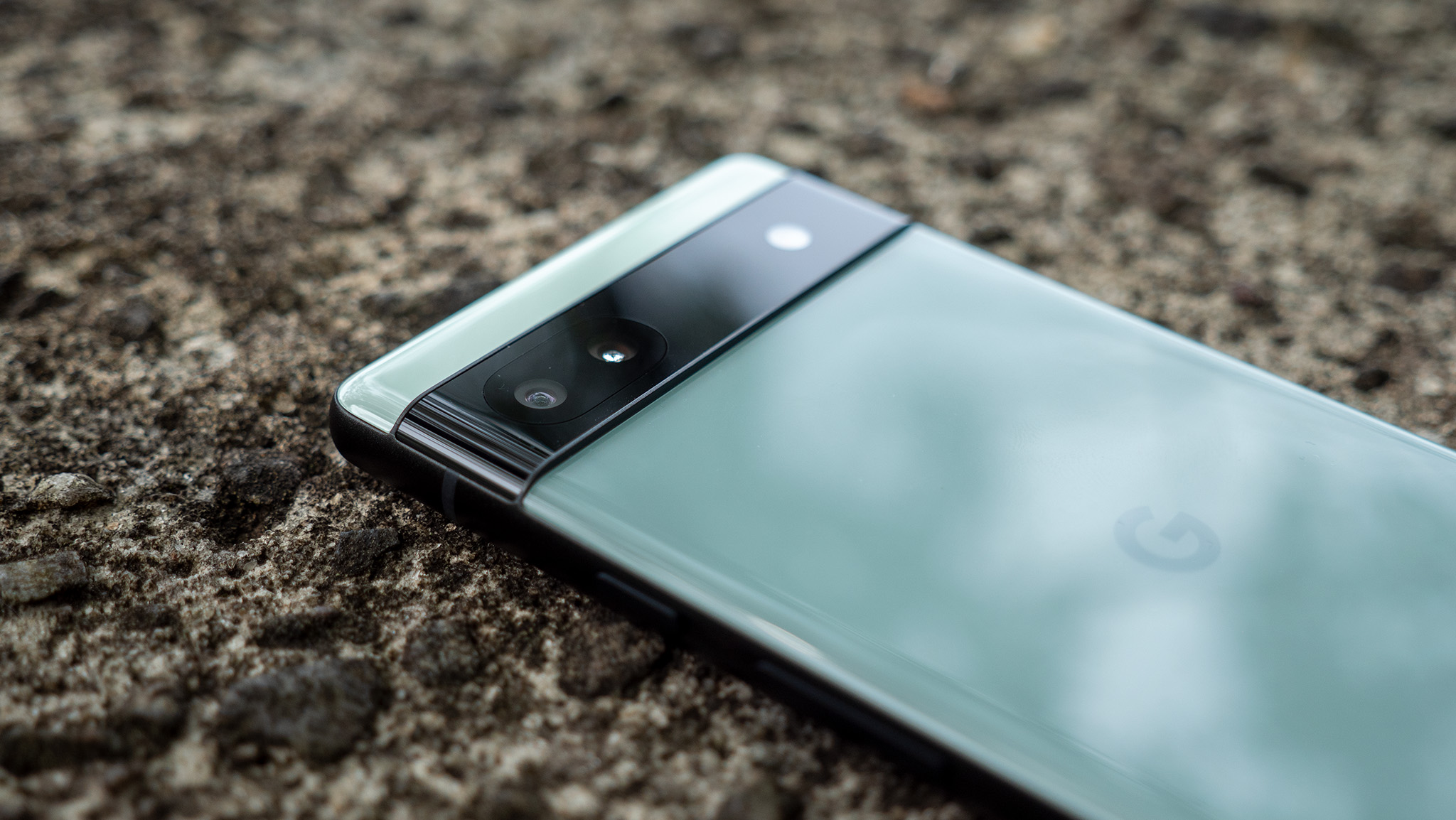
Google has always delivered strong cameras on its phones, and the Pixel 6a is no different. It uses the same lenses as the Pixel 5, and includes all the camera wizardry that Google introduced with the Pixel 6 series, altogether taking phenomenal photos. Whether it's outdoors, indoors with artificial lighting, or low-light situations, the Pixel 6a always delivers stellar photos.
The Galaxy A53 fares well in this area, but it doesn't come close to the Pixel 6a. If you want a mid-range phone for taking photos, the Pixel 6a is the go-to choice.
Google Pixel 6a vs. Samsung Galaxy A53: Software
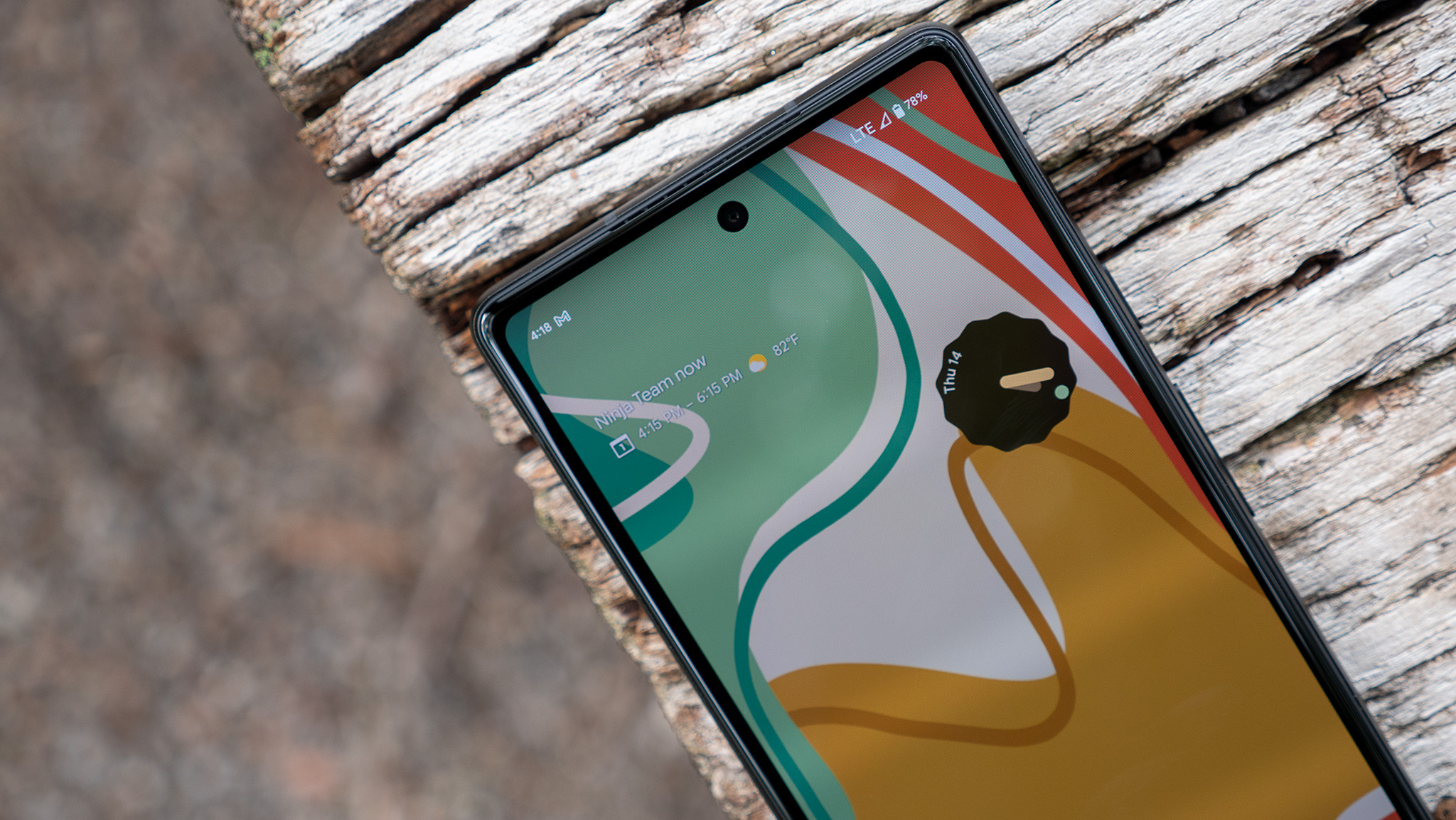
Right now, Samsung is the brand to beat if you're looking for long-term software updates on Android. The Galaxy A53 will receive four guaranteed Android OS updates along with five years of security updates, and that is the best in the industry. Google will roll out three Android OS updates for the Pixel 6a alongside five years of security patches.
The Galaxy A53 will get more software updates, but the Pixel 6a has cleaner software that's better to use.
Now, while it's great that Samsung will deliver more updates, the A53 isn't likely to pick up the Android 13 update this year. The Pixel 6a, however, has already received the stable build. So even though Google is rolling out one fewer update, the Pixel 6a will be first in line to get a new platform update as soon as it is available.
As for the software itself, One UI 4.1 has a lot of customizability and should be already familiar if you're using a Samsung phone. Samsung did a good job cleaning up the UI and making it look more modern, while ensuring that legacy features stayed intact. That said, you will find a lot of bloatware on the A53, and some of it cannot be uninstalled.
Google doesn't provide as much customization, but the Pixel 6a has a clean and uncluttered interface that feels great to use. The Material You design aesthetic livens up the vanilla Android look with bright colors and quirky widgets, and there's zero bloatware here. And Google has its own slate of exclusive features for Pixels, and they make the 6a stand out just that little bit more.
As much as I like One UI, I prefer Google's clean aesthetic — it just feels better to use. But if you're using a Samsung phone and need all the additional features, you'll like what you get on the A53.
Google Pixel 6a vs. Samsung Galaxy A53: Which should you buy?
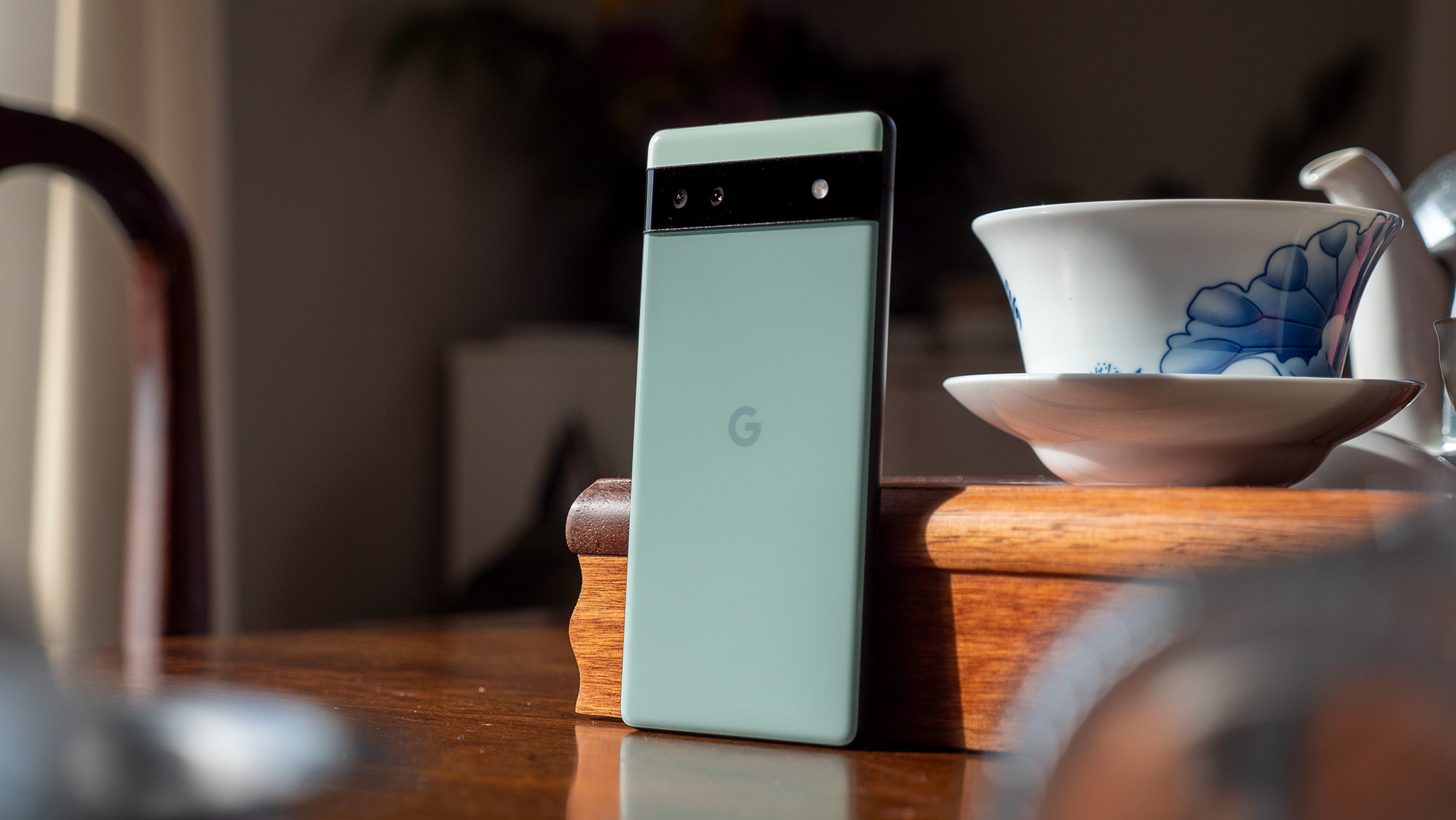
Choosing between the Pixel 6a and Galaxy A53 is fairly straightforward. The Pixel 6a is more powerful, has the best camera in this category, a unique two-tone design, and a clean software with fast updates. In short, it is the ideal mid-range phone, and if you're looking for a device that will last a few years and takes fantastic photos, the Pixel 6a is my recommendation.
The Pixel 6a gets my vote — Google did a fantastic job here.
However, the Pixel 6a misses out on a 120Hz panel, and the 18W charging tech isn't ideal. If you need a high refresh rate screen and multi-day battery life, the Galaxy A53 is the better choice. You also get a larger screen on the A53, and there's no learning curve if you're already using a Samsung phone. Just know that the A53 isn't as powerful, and it doesn't take photos anywhere as good as what you get on the Pixel 6a.
Ultimately, the Pixel 6a is the best mid-range phone around, and while the A53 is a great phone in its own right, it doesn't measure up to what Google is offering. Having used the latest Pixel 7 series and all the other mid-range phones that were released in 2022, I'm confident in saying that the Pixel 6a is the best overall device you'll find for under $500. The fact that it's selling for just $299 right now makes it an absolute steal.

Truly incredible
Google did all the right things with the Pixel 6a. The phone has fantastic cameras, high-end hardware that's great for gaming, and a striking design backed by clean software without any bloat. This is the best mid-range phone you can buy right now.

Familiar choice
Samsung knows how to make a good mid-range phone, and the Galaxy A53 has a good 120Hz AMOLED screen with reliable hardware, cameras, and long-lasting battery. It isn't as fast as the Pixel 6a or doesn't take photos of the same caliber, but if you're used to Samsung, this is the one to get.
Be an expert in 5 minutes
Get the latest news from Android Central, your trusted companion in the world of Android

Harish Jonnalagadda is Android Central's Senior Editor overseeing mobile coverage. In his current role, he leads the site's coverage of Chinese phone brands, networking products, and AV gear. He has been testing phones for over a decade, and has extensive experience in mobile hardware and the global semiconductor industry. Contact him on Twitter at @chunkynerd.
